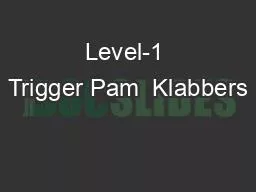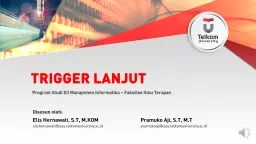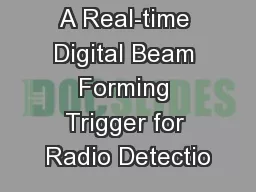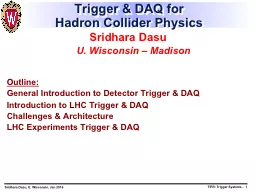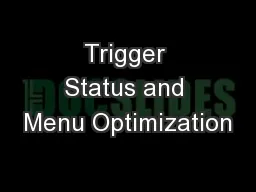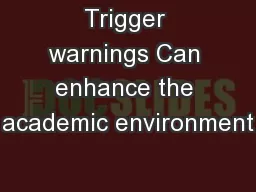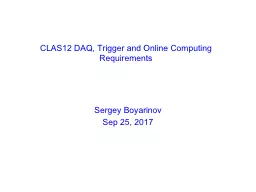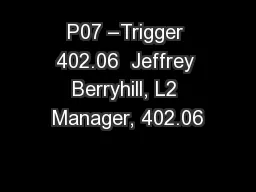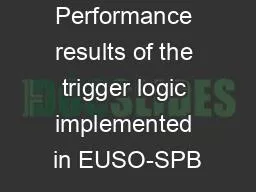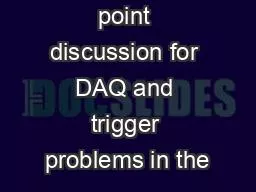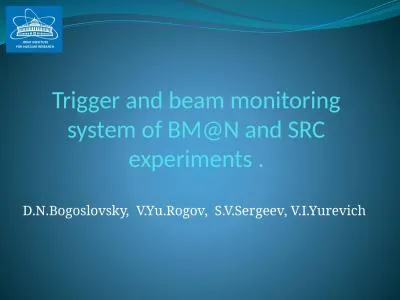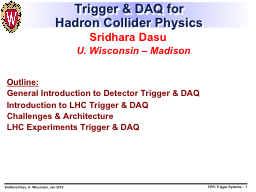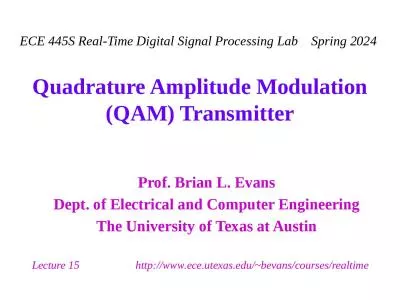PPT-Level-1 Trigger Pam Klabbers
Author : frostedikea | Published Date : 2020-06-29
University of Wisconsin Madison 201617 CMS Level1 Trigger install in 2017 Not shown fiber optic splitting and patch panels Operations 2016 Started the year
Presentation Embed Code
Download Presentation
Download Presentation The PPT/PDF document "Level-1 Trigger Pam Klabbers" is the property of its rightful owner. Permission is granted to download and print the materials on this website for personal, non-commercial use only, and to display it on your personal computer provided you do not modify the materials and that you retain all copyright notices contained in the materials. By downloading content from our website, you accept the terms of this agreement.
Level-1 Trigger Pam Klabbers: Transcript
Download Rules Of Document
"Level-1 Trigger Pam Klabbers"The content belongs to its owner. You may download and print it for personal use, without modification, and keep all copyright notices. By downloading, you agree to these terms.
Related Documents

